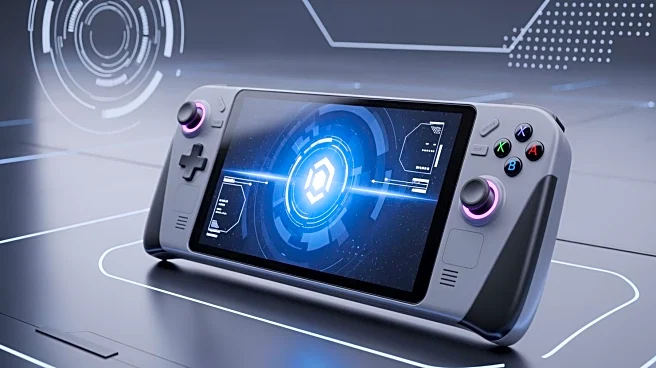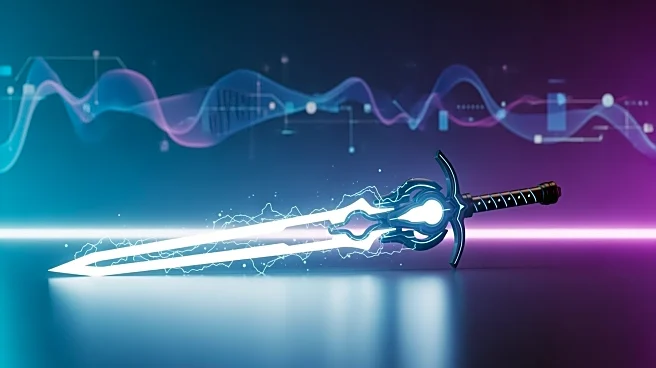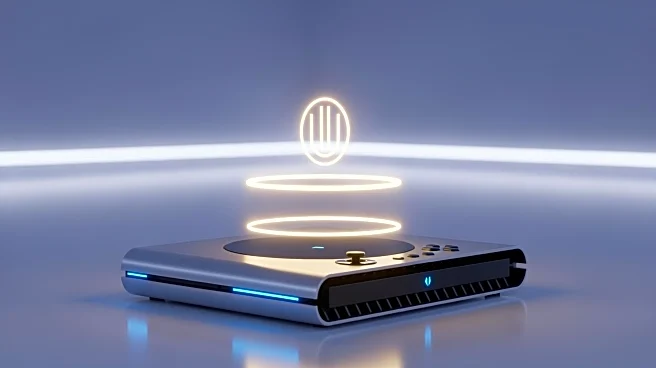What's Happening?
Retroid has officially unveiled two new handheld gaming devices, the Pocket 6 and Pocket G2. The Pocket G2 is a rebranded version of the Retroid Pocket 5, featuring a G2 Gen 2 processor, 8GB of LPDDR5x
RAM, and 128GB of expandable storage. It includes a 5.5-inch 1080p AMOLED display and a 5,000mAh battery, available in five colors. The Pocket G2 is priced at $219, with a promotional price of $199 for early orders. Shipping begins on October 29 for select models. The Pocket 6, considered the flagship model, is powered by the Snapdragon 8 Gen 2 processor, offering options of 8GB or 12GB RAM and 128GB or 256GB storage. It features a 5.5-inch AMOLED display with a 120Hz refresh rate and a 6,000mAh battery. Pre-order pricing starts at $209, increasing upon release.
Why It's Important?
The introduction of the Pocket 6 and Pocket G2 marks a significant advancement in handheld gaming technology, catering to gamers seeking high-performance devices. The Pocket 6, with its Snapdragon 8 Gen 2 processor, positions itself as the most powerful handheld from Retroid, potentially attracting tech-savvy consumers and gaming enthusiasts. The competitive pricing strategy, including early order discounts, may drive initial sales and increase market penetration. These devices could influence the handheld gaming market by setting new standards for performance and affordability, challenging competitors to innovate further.
What's Next?
Retroid's announcement of the Pocket 6 and Pocket G2 is likely to prompt responses from competitors in the handheld gaming industry, potentially leading to new product launches or updates to existing models. Consumers can expect the Pocket G2 to start shipping soon, with the Pocket 6 pre-orders available at promotional prices. As the devices become available, user feedback and reviews will play a crucial role in shaping their market success. Retroid may also focus on expanding its distribution channels and marketing efforts to maximize reach and sales.
Beyond the Headlines
The launch of these devices may have broader implications for the gaming industry, including potential shifts in consumer preferences towards more powerful and affordable handheld options. The emphasis on high-performance processors and advanced display technology reflects a growing demand for immersive gaming experiences. Additionally, Retroid's pricing strategy could influence market dynamics, encouraging other manufacturers to reconsider their pricing models to remain competitive.











